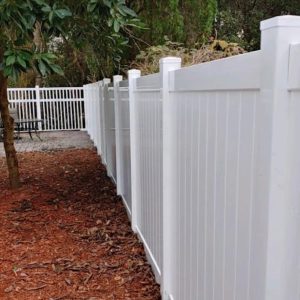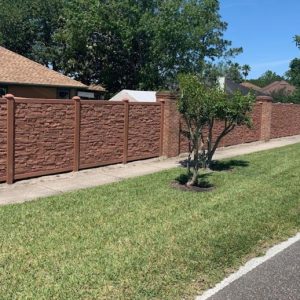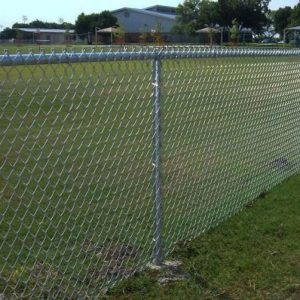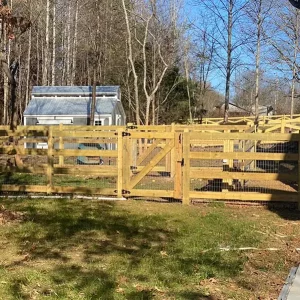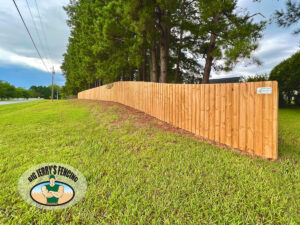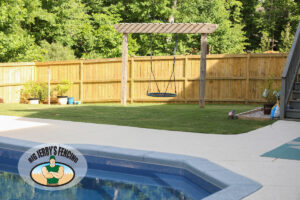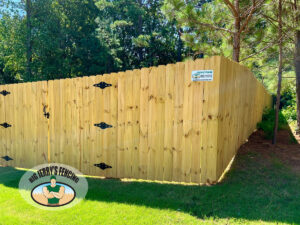Building a fence? Don’t get splintered by indecision!
Today, we enter the arena where two titans clash: cedar and pine. We’ll break down their strengths and weaknesses to help you pick the perfect fencing champion!
The Fight for Fence Fortunes
Cedar
Cedar boasts the kind of resilience that would make a knight proud. Packed with natural oils, it shrugs off moisture, decay, and those pesky insects that love to munch on wood. This translates to a fence that stands strong for 20 to 30 years, barely showing a wrinkle. Plus, cedar stays true and straight, refusing to warp or shrink.
Pine
Pine, on the other hand, needs a little chemical muscle. Pressure treatment infuses the wood with protective agents, giving it a fighting chance against rot and creepy crawlies. Properly maintained, a pressure-treated pine fence can last 15 to 20 years. However, pine has a bit of a wild streak – it’s more prone to warping and swelling than cedar, especially if the treatments wear off over time.
Upkeep or Upchuck? Navigating Maintenance Needs
Cedar
Cedar wins the low-maintenance trophy, hands down. Those natural oils are like a built-in bodyguard, keeping rot and decay at bay. All it asks for is a yearly shower with mild soap and water, with a stain or sealant applied every few years to keep it looking spiffy.
Pine
Whereas, Pine is a bit high maintenance. To keep it healthy, you’ll need to regularly paint or stain it, creating a more frequent upkeep routine. Plus, this wood is more susceptible to weather woes, so you’ll need to keep a watchful eye on it, especially in rough climates.
Cedar’s Rustic Charm vs. Pine’s Modern Minimalism
Cedar
It boasts a gorgeous reddish-brown hue with a captivating grain pattern that adds instant visual interest. As time goes by, cedar weathers to a distinguished silver-gray, a natural aging process that many find charming. It’s like your fence matures into a wise old grandpa of the backyard.
Pine
Whereas, the light yellowish tone of this wood, provides a neutral backdrop that allows your colorful plants and flowers to take center stage. It’s perfect for a modern minimalist aesthetic. Pine can also be stained for a pop of color, but it lacks the unique character and charm of cedar’s natural variations.
Conclusion
Ultimately, the best wood is the one that best suits your needs and budget. Are you a low-maintenance kind of person who values a timeless aesthetic? Or are you a DIY enthusiast who enjoys a good project and can handle a bit more upkeep?
Consider your priorities and make a good decision!



